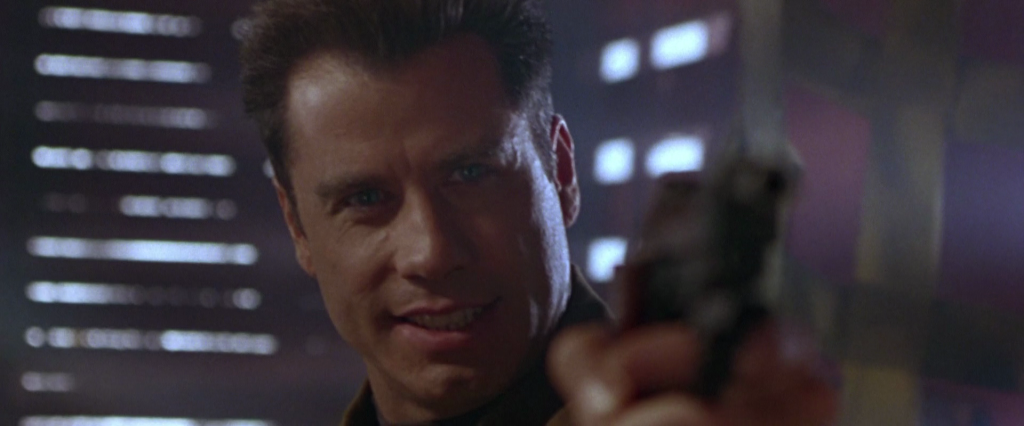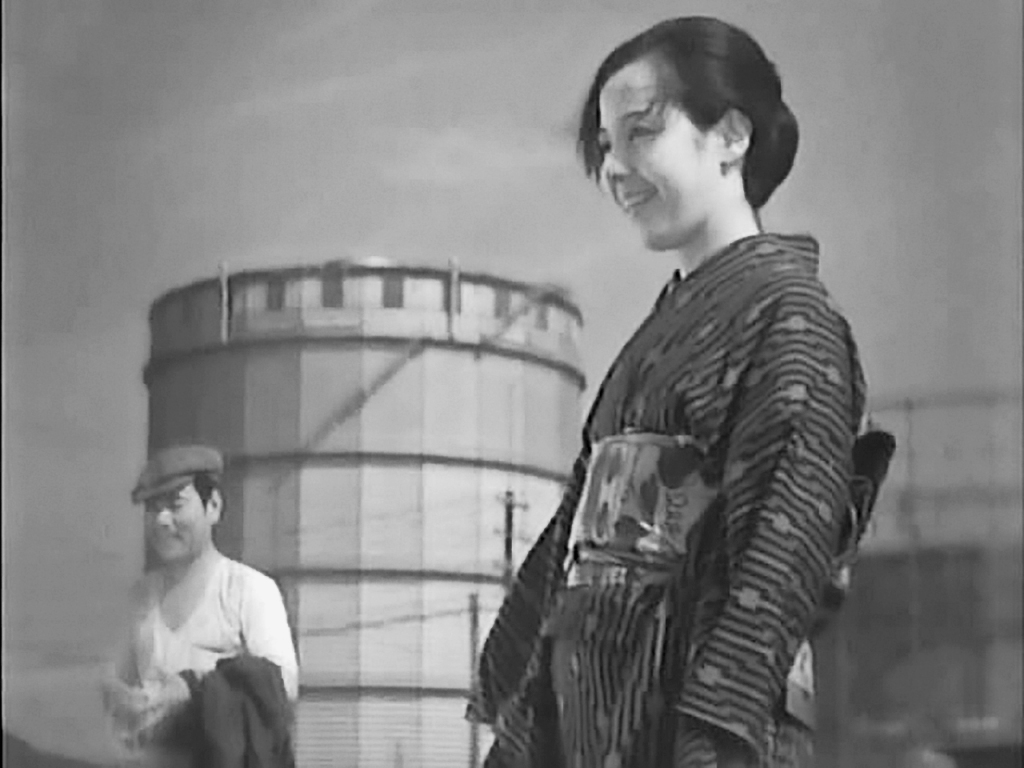 It seems like being a blockbuster movie hero in the 2020s requires one to either be a superhero, or so exaggerated an individual that one may as well be. While today’s audience flock to both Marvel and Fast & Furious, action flicks about more ordinary people in life-or-death situations simply do not seem as popular as they used to be. It is likely the nostalgia talking, but I have been pining for the action movies of the late 1990s.
It seems like being a blockbuster movie hero in the 2020s requires one to either be a superhero, or so exaggerated an individual that one may as well be. While today’s audience flock to both Marvel and Fast & Furious, action flicks about more ordinary people in life-or-death situations simply do not seem as popular as they used to be. It is likely the nostalgia talking, but I have been pining for the action movies of the late 1990s.
It was a pretty great period for Hollywood action cinema, driven to a large degree by two shifts. Firstly, studios and producers started going for particularly high concept films with simple plots and easy-to-comprehend set-ups. Secondly, respectable actors started headling action movies again. Driven to a large degree by producer Jerry Bruckheimer, 1980s stars like Sylvester Stallone and Arnold Schwarzenegger gave way to the likes of Nicolas Cage, Sean Connery, Johnny Depp, Denzel Washington, and others. It was all remarkably male – a shout-out to the exceptions like Demi Moore in G.I. Jane and Sharon Stone in The Quick and the Dead and The Specialist – but the combination of star power, high concept, and quippy dialogue made for some rock-solid mainstream entertainment.
Broken Arrow, released in 1996, follows air force officers Riley Hale (Christian Slater) and Vic Deakins (John Travolta). During a test flight of a stealth bomber Deakins tries to murder Hale, ejecting the plane’s payload of two nuclear warheads and crashing the plane into the Utah wilderness. Hale survives, teaming with a local park ranger (Samantha Mathis) and working to retrieve the warheads before Deakins can hold the USA to ransom.
Broken Arrow was writer Graham Yost’s follow-up to his hit 1994 screenplay Speed, and presents the exact sort of uncomplicated high-profile action flick that typifies the period. To direct, 20th Century Fox hired Hong Kong’s John Woo. It was Woo’s second Hollywood project after directing Jean-Claude Van Damme in Hard Target (1993).
The 1990s were a turbulent time for Hong Kong’s film industry. The city had been ceded to the British Empire in 1842, but steady expansion during the 19th century led the British government to lease additional land from China in 1898. The lease was set for 99 years, which meant as Hong Kong approached the year 1997 it faced the real prospect of having to return half of the city back to China. Neither country wished for Hong Kong to become another split city like Berlin, and so an agreement was made to return the entire city to China – on the promise that it would keep its own laws and political independence until 2047.
The Tiananmen Square massacre of 1989 rattled Hong Kong citizens who were already viewing a Chinese takeover with apprehension. During the early 1990s roughly 1% of the city’s population emigrated away from the city annually. This wave of departures affected all parts of Hong Kong society – and the film industry was not exempt. John Woo’s final Hong Kong feature, Hard Boiled, was released in 1992. He would not direct another Chinese language feature until Red Cliff: Part I in 2008. Woo was joined in his move to America by Ringo Lam (who directed Maximum Risk in 1996) and Tsui Hark (who films Double Team and Knockoff suffered significant studio interference, and led to his return to Hong Kong by the end of the decade).
Woo’s signature style was clearly evident throughout Hard Target – smooth camera movements, slow motion emphasis in action scenes – but in Broken Arrow he added the adversarial relationship that dominated key Hong Kong films like The Killer (1989) and Hard Boiled. Broken Arrow is centered around this relationship between Hale and Deakins. It is a significantly more intimate interaction between men than American viewers typically see, and closely resembles the brotherhood themes of Chinese fiction such as wuxia. It is easy to mistake this closeness for homoeroticism, but whatever your personal response it provide a considerable lift to Broken Arrow above the genre average.
Christian Slater shows off a rock-solid ability to lead an action film, and one suspects he may have established quite a lucrative career making them had he chosen to – or if he had not been saddled by addiction issues at the time. There is easy-going charm to Hale, one well balanced by Samantha Mathis’ engaging turn as ranger Terry Carmichael. Like many 1990s action vehicles, Broken Arrow gives its female protagonist more to do than in past times. By today’s standards it may seem limited but at the time it felt a positive step alongside similar roles like Sandra Bullock’s in Speed (1994) or Rachel Weisz’s in Chain Reaction (1996).
There is an argument to be made that Broken Arrow was shot mostly on location because John Travolta had chewed up all of the scenery on set. His Vic Deakins is flamboyant, playful to the point of silliness, and performed to such excess that audiences will find him deeply irritating or an absolute delight. ‘You’re out of your mind,’ says Hale at one climactic moment. ‘Yeah,’ replies Deakins, ‘ain’t it cool?’ There is no sense to Deakins, but there is an awful lot of fun – even when Travolta seems to be having more of it than his audience.
The action is nicely shot, but is mostly quite generic stuff. Woo enhances the experience with the odd attractive shot or iconic moment, of course, but to a large degree this is meat-and-potatoes action. It is intended to exhilarate, but not to provoke serious thought or consideration. The leads’ screen presence improves it, as does Hans Zimmer’s excellent score that uses legendary guitarist Duane Eddy for its key musical riff. There is a somewhat ugly scene near the climax between Travolta and Mathis that reeks of sexual assault, which dates the film quite badly. Still, it is over quickly and followed-up by a much more entertaining run-and-gun fight through a freight train. Films like Broken Arrow simply do not seem to exist in the mainstream any more. Sometimes this is all a viewer wants: some thrills, some funny dialogue, and an uncomplicated, visually attractive good time.





Leave a comment